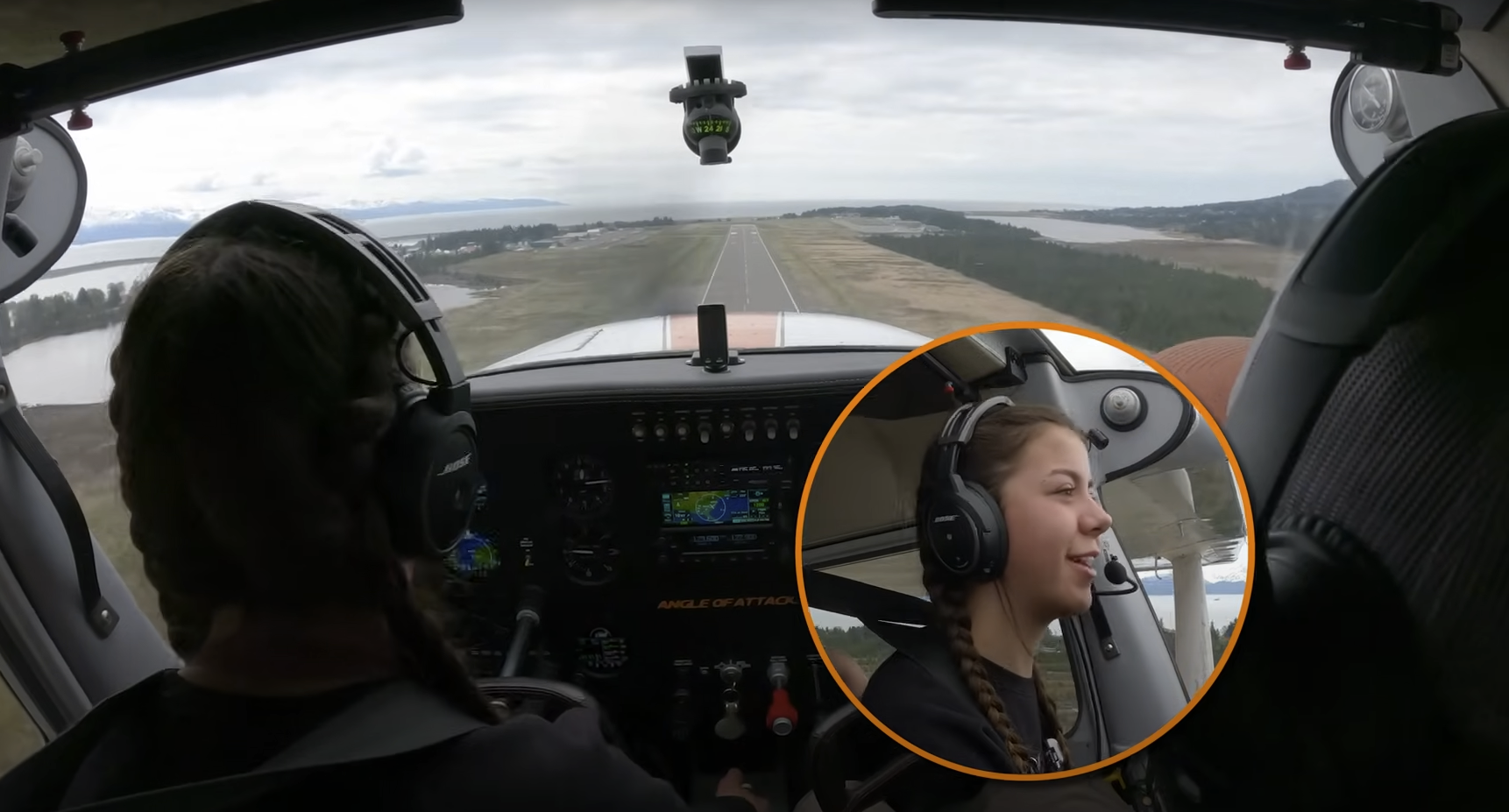VR/360 viewing tips at bottom of description:
Have you ever wondered what makes an airplane stall? 99 times out of 100, it’s the pilot that FORCES the aircraft to stall, and not the aircraft itself. These stalls happen for a variety of reasons, but it almost always comes down to pilot error.
In this video I demonstrate aircraft stability, showing that even if I roll the trim all the way back, the aircraft will return to an equilibrium and not stall. This isn’t present in all aircraft, but it certainly is with the Cessna 172.
Knowing this, a pilot can be armed with confidence in an airplane. Especially with stalls, it’s good to know the airplane is on your side, or at least that you are inevitably controlling your destiny.
Jump in the conversation and let us know what you learned, or if you had another thoughts and tips for the community.
–––––––––––––––––––––––––––––––––––––––––––––––
VR is best viewed in HD. You can use the mouse cursor to move the view, or your finger on mobile device. Mobile devices can be used with the accelerometer to look around the cockpit. Check it out!
Chief Flight Instructor and President of Angle of Attack. Founded in 2006.

Stay Connected
Be the very first to get notified when we publish new flying videos, free lessons, and special offers on our courses.






